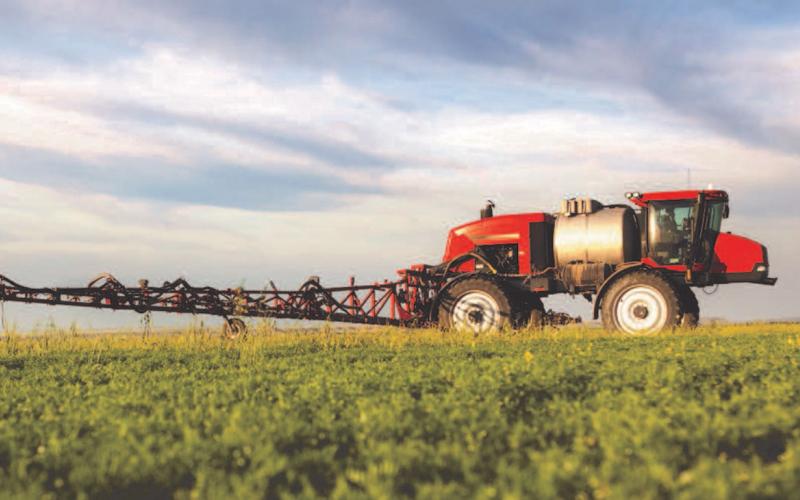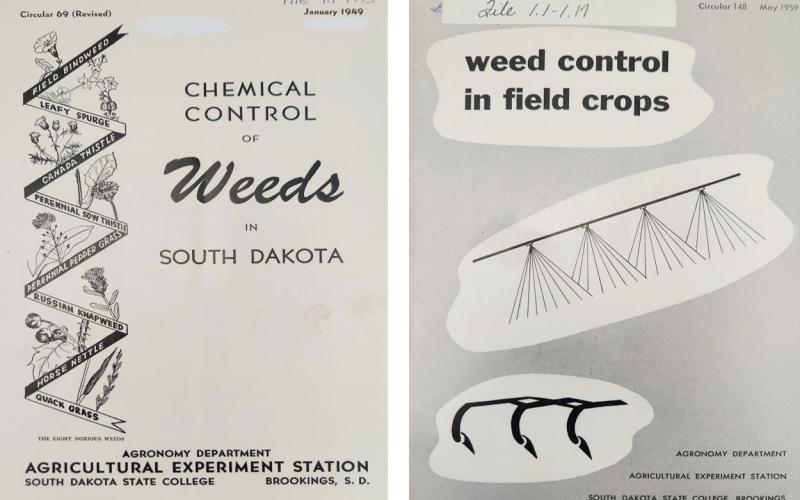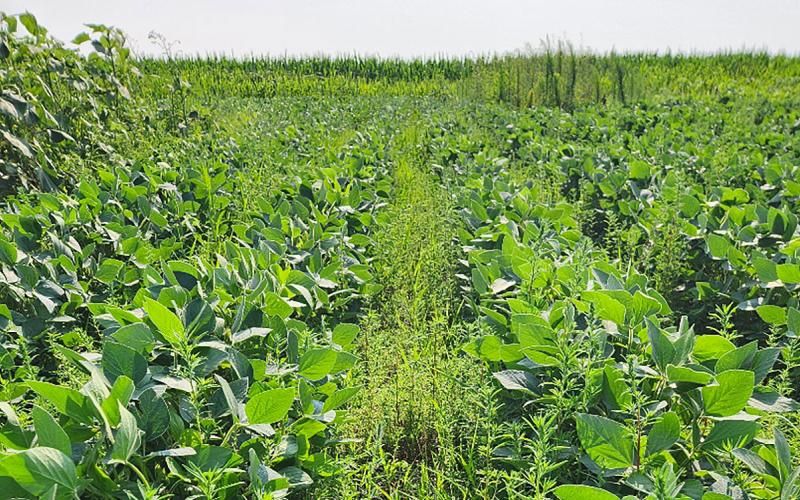Crop Treatments
All Crop Treatments Content

Early Preplant or Preemergence Applications for Weed Management in Corn: Which is better?
Preemergence herbicides should be a part of a successful weed management plan, as these applications limit the amount of early-season weed interference to limit yield loss and reduce selection pressure on herbicide-resistant weeds.

Herbicide Carryover and Planting Bare-Root Tree Seedling in New Windbreaks
Guidelines on herbicide carryover when planting bare-root tree seedlings in new windbreaks

How to Stop Drift
The goals of applying any crop protection products include: increasing effectiveness, mitigating drift, and maximizing profits. We will focus on mitigating drift, even though all three interact with each other.

Revisiting Old Lessons in Corn Weed Management: 2,4-D and dicamba
What can past herbicide programs teach us about managing against herbicide-resistant weeds in corn today?

Now is Time to Plan Your Weed Management Strategy for the 2025 Growing Season
As harvest season comes to an end, now is the time to start formulating your weed management plan for next year. Learn some expert tips for getting your operation off to a good start next growing season.

Now is the Time to Plan for Noxious Weed Control in 2025
Since most of South Dakota has experienced several frosts, the opportunities for fall herbicide applications are likely over. Now is the time to plan for noxious weed management for both spring and fall tactics.

Now Is the Time To Make Your Weed Management Plan for the 2024 Growing Season
As harvest season comes to an end, now is the time to start formulating your weed management plan for next year. Learn some expert tips for getting your operation off to a good start next growing season.

Cheap and Simple Soybean Herbicide Programs Do Not Pencil Out
While simple, one-herbicide programs are initially easy on the budget, it is important to consider indirect costs of surviving resistant weeds that reduce soybean yield and produce seed that will have to be managed later.

Be Aware of Fungicide Resistance in Field Crops
A few soybean and corn fields have received or will be receiving a fungicide application this season. We recommend scouting fields treated with fungicides to determine if diseases are controlled as expected or if there are signs of reduced sensitivity.

Over-The-Top Dicamba Applications Are Not Legal in Soybean for 2025
The registration for dicamba labels for over-the-top applications in tolerant soybeans have been pulled for the 2025 growing season. Many producers are aware of the situation, but planning weed management strategies should start today.